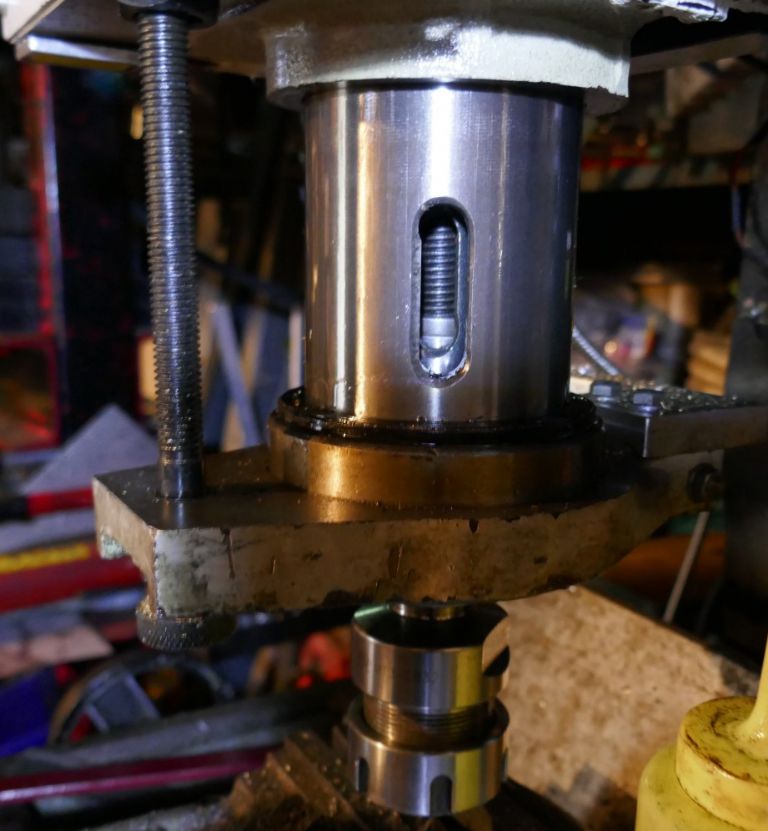You might well ask what's going on with all these different tapers and tool holders! It's a mix of history and change.
When milling machines first appeared cutters were fitted directly into the spindle by whatever method the machine maker thought best. Not only were cutters incompatible with other machines, but all the holding systems slow and clunky – it took a long time to change cutters.
Around 1860, Stephen Morse invented the Morse Taper system in the USA, whereby the cutter is wedged into a tapered socket for grip, and – if necessary – secured with a drawbar. Taper tools can be changed quickly. The idea caught on and for good and bad reasons many alternatives appeared. Good reasons include better grip and/or faster tool-changing, bad reasons include proprietary lock-in, jumping on the bandwagon, and patent dodging. There are dozens of systems, many obsolete, niche or industrial. MT remains popular.
In a home workshop it's relatively unusual to plug tools directly into the spindle. Some form of chuck is more convenient and general-purpose. Most of my milling is done with an MT-to-ER32 collet chuck. ER32 collets cover a wide range of tool-diameters, and it will hold milling cutters, drills, a micro-drill chuck, fly-cutter and slitting saws etc. I also have a Jacobs drill chuck because tool changing is faster than ER32 when a lot of drilling of different sized holes is on the agenda.
Most tool-holding systems differ only in how fast tools can be changed and maybe how many horsepower they take before slipping. Both important factors when a machine is worked against the clock to feed the operator's starving children! Neither matters in my workshop; my 1.1 and 1.5kW machines aren't powerful enough to worry MT and taking a few minutes to change tools is irrelevant. MT is fine.
I'm not sure why R8 is rated in Europe. R8 was designed by Bridgeport for their eponymous and very popular mill. R8 tooling was far more common in the USA than anywhere else, which was a good reason for using it in the US. R8 has become available in Europe since the Chinese started making it, but I'm not sure exactly why R8 appeals here. I don't see much engineering logic – possibly chaps think R8 must be wonderful because Bridgeport Mills use it.
An MT to R8 adaptor is a bad idea. Adaptors are a handy way to allow occasional use of other tools on a machine but they take up head space and reduce all-important rigidity. Avoid.
I think 90%+ of small workshop needs would be met by an ER32 collet set and MT chuck. ER32 covers 2 to 20mm which is a good compromise. The other ER ranges are more specialised: ER11 is 1-7mm in 0.5mm steps, so good for small work. ER40 is 5 to 26mm, its suits bigger work, but fluffs below 5mm. (Imperial sizes also available.)
As always people have their favourites. ER is relatively new, but it's become massively popular. The reason seems to be convenience and general utility. Other collet systems have slightly better grip at the cost of much reduced range, or take longer to swap, or are more expensive for little in return. Unless there's a specific reason for choosing an alternative, ER is generally effective.
Dave
Edited By SillyOldDuffer on 12/06/2020 10:30:37
old mart.





